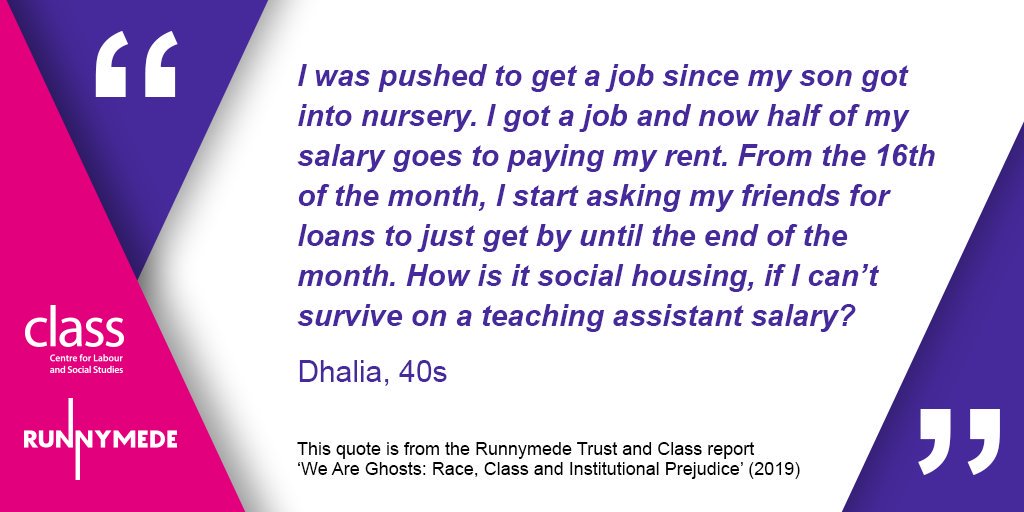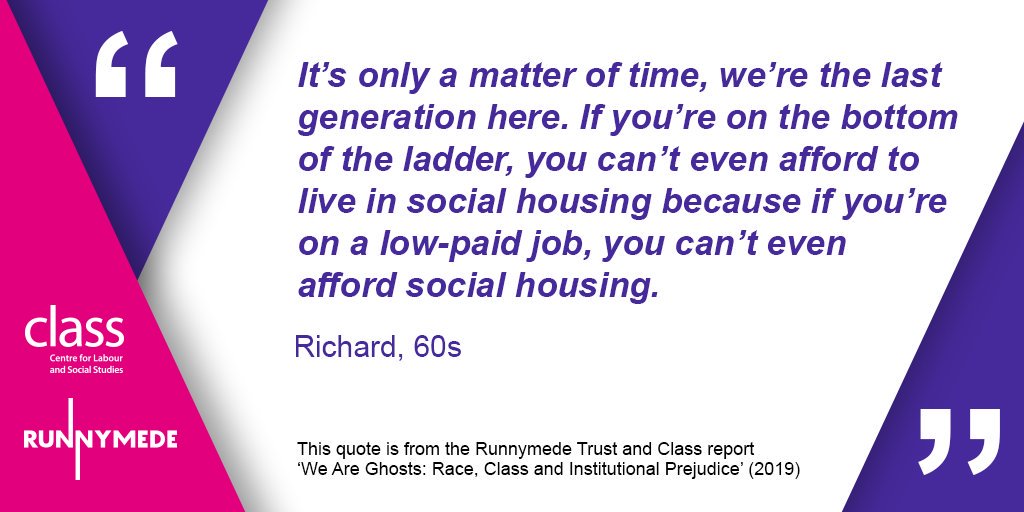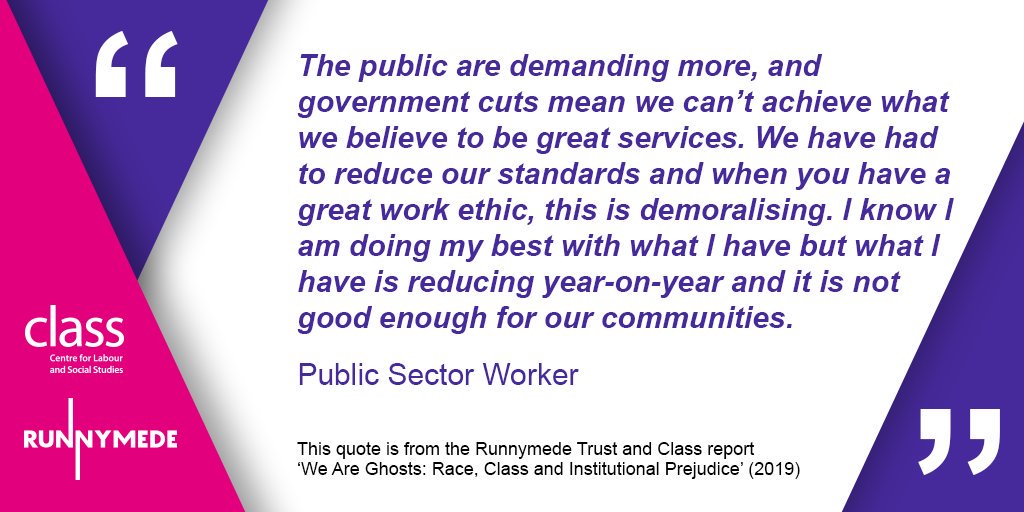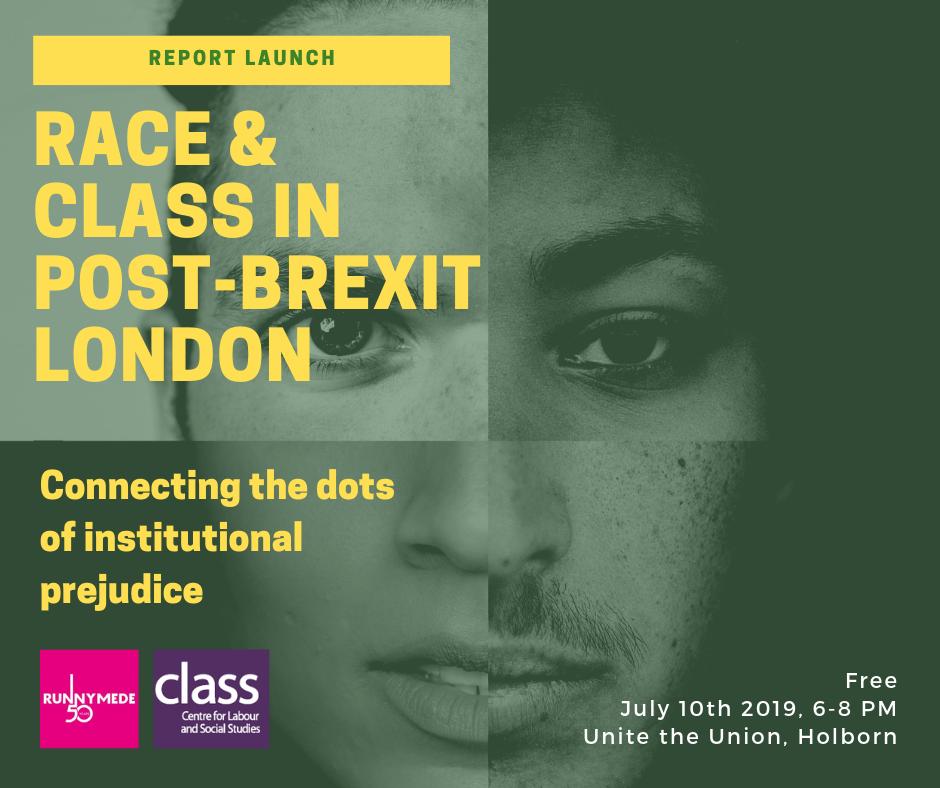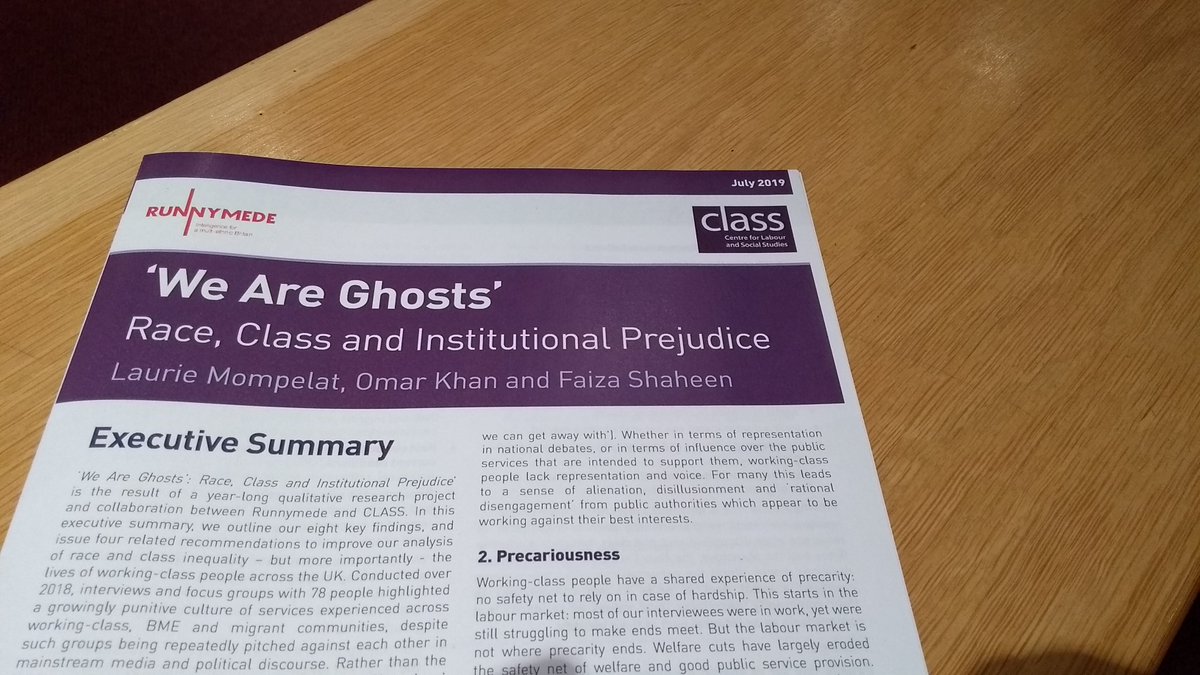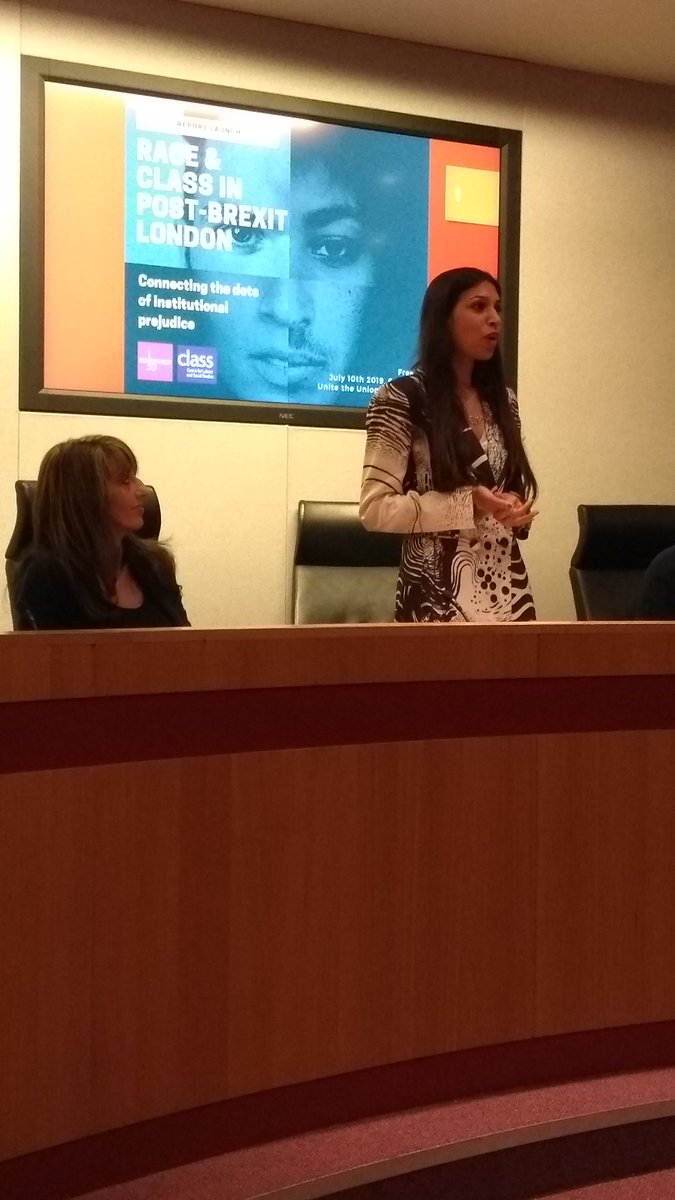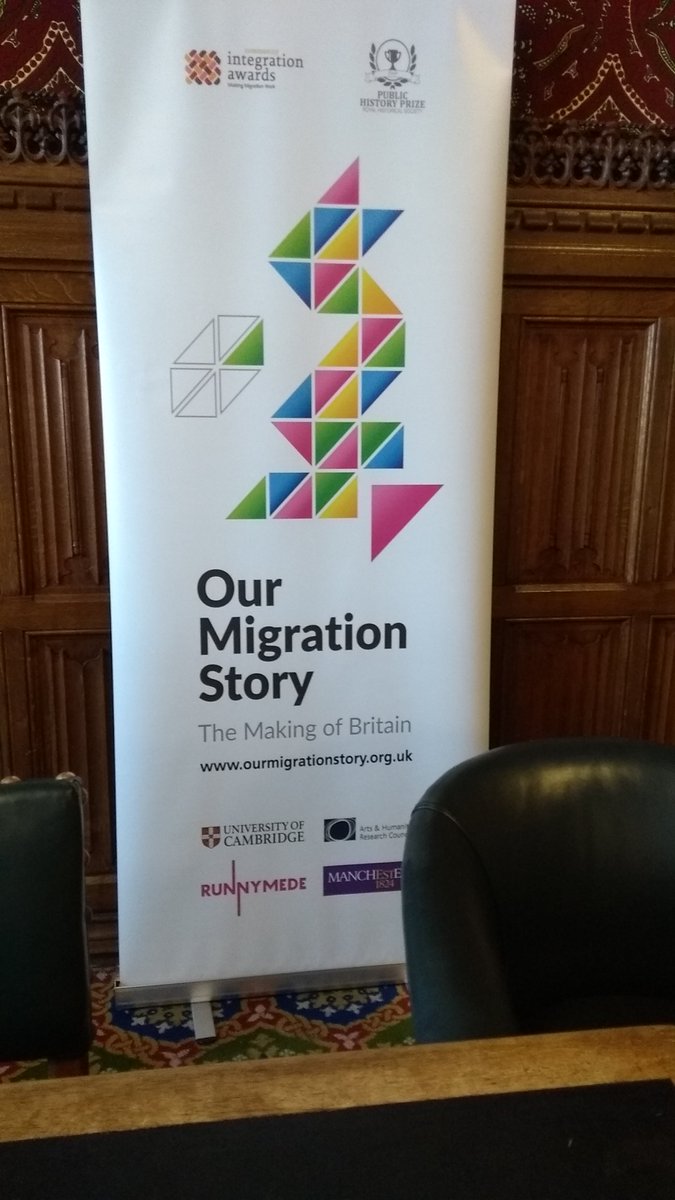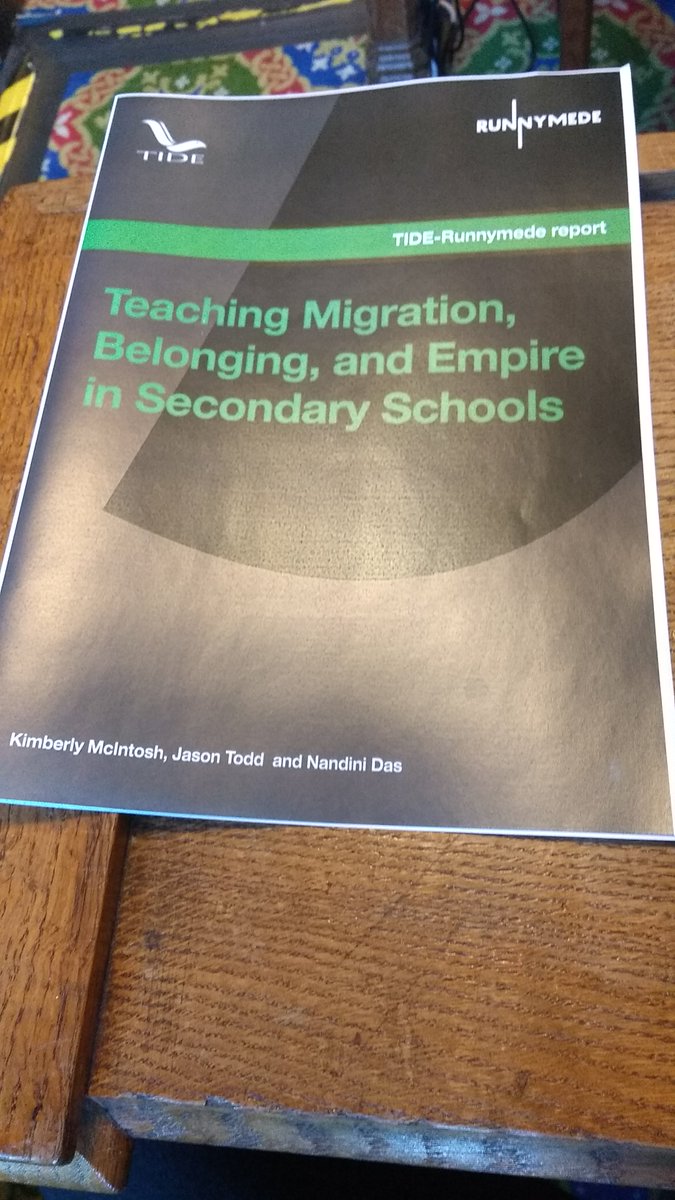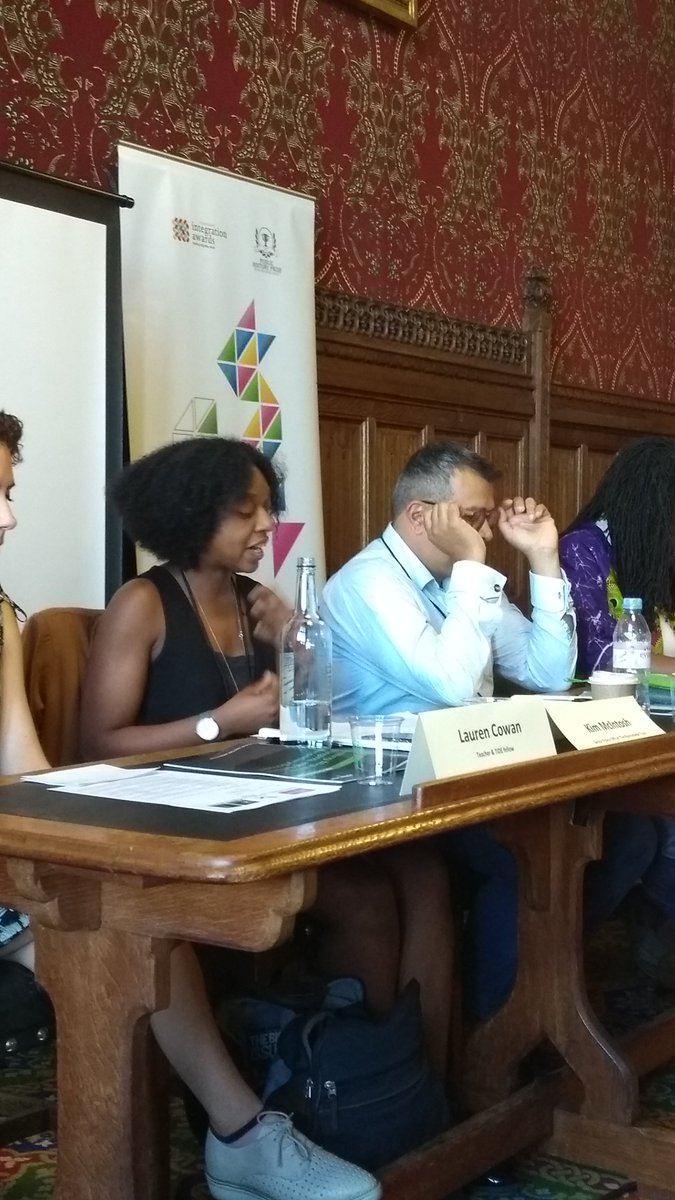
🚨 A NEW report by the Runnymede Trust and @IPPR has shone a light on the disproportionate deaths for certain #BME communities relating to #COVID19 🚨 Following on will be a thread with some of the findings ⚠️ /1
runnymedetrust.org/blog/ethnic-in…
runnymedetrust.org/blog/ethnic-in…
- Once again Covid-19 is running along racial lines.Despite the inequalities exposed earlier this year, there has been little effort to stop Covid-19 hitting minority ethnic communities hardest as we enter the second wave. /2
- Without urgent action, the effects of pandemic are set to be felt unequally again. Already the latest national infection rates are over four times higher in Pakistani communities than white communities. /3
- Addressing these inequalities – and reducing the impact of Covid-19 on black and minority ethnic communities – is an issue of racial justice. Our goal must be a fairer and more racially just society. But it is also a vital part of our efforts to control Covid-19. /4
- Structural inequalities fuel pandemics: addressing them is crucial to avoid more severe lockdowns.
- The extra risk of death in minority ethnic groups is one of the starkest health inequalities in recent times. /5
- The extra risk of death in minority ethnic groups is one of the starkest health inequalities in recent times. /5
- Between March and May 2020, men and women from all ethnic minority groups (except females of Chinese ethnic background) had a greater risk of death from Covid-19 compared to those of white ethnic background. /6
- The death rate was 3.3 times higher for black males and 2.4 times higher for black females compared to white males and females.
To put this disparity into context, at least 2,500 black and Asian deaths could have been avoided during the first wave of the pandemic if those populations did not experience a higher risk of death from Covid-19 (after adjusting for differences in age and sex). /8
- Put differently, we estimate over 58,000 and 35,000 additional deaths from Covid-19 would have occurred if the white population had experienced the same risk of death from Covid-19 as the black and Asian and populations respectively. /9
- Comorbid diseases, like diabetes, don’t explain the inequalities. New analysis with CF finds that underlying diseases (such as heart disease, lung disease and diabetes) are not driving the inequalities. /10
- The prevalence of these diseases vary between ethnic groups, but when considered together, they do not explain the difference in risk of death from Covid-19 between ethnic groups
- We estimate comorbidities lead to the black population being only five% more likely to die.../11
- We estimate comorbidities lead to the black population being only five% more likely to die.../11
...from Covid-19 than the white population. Higher deprivation levels explain the disparities to a greater extent, but the majority of the additional risk of death from Covid-19 experienced by minority ethnic communities is unexplained. /12
- This reflects the difficulty of linking health and social data, and the paucity of data on ethnicity.
- Some commentators have looked to fill this void with claims about genetic differences. But the evidence is clear – there is no genetic basis for race or ethnicity. /13
- Some commentators have looked to fill this void with claims about genetic differences. But the evidence is clear – there is no genetic basis for race or ethnicity. /13
- Genetics cannot explain why every minority ethnic population, given huge genetic diversity within and between these groups, has a higher risk of death from Covid-19 than the white ethnic population. Instead, this inequality is likely to be driven by structural and.../14
...institutional racism that results in differences in social conditions (such as occupation and housing) and differential access to healthcare.
- We are calling on the government to set out a comprehensive strategy to mitigate ethnic inequalities this winter. /15
- We are calling on the government to set out a comprehensive strategy to mitigate ethnic inequalities this winter. /15
- Our research suggests this strategy should tackle two key inequalities:
1. Firstly, almost all minority ethnic groups are more likely to get Covid-19. The government must therefore put in place measures to better protect these communities and support people to isolate. /16
1. Firstly, almost all minority ethnic groups are more likely to get Covid-19. The government must therefore put in place measures to better protect these communities and support people to isolate. /16
2. The consequences and harms associated with Covid-19 for most minority ethnic groups, once they have caught it, are more severe (as we set out below). This means the government must ensure that minority ethnic groups have better access to treatment than they currently do. /17.
• • •
Missing some Tweet in this thread? You can try to
force a refresh

